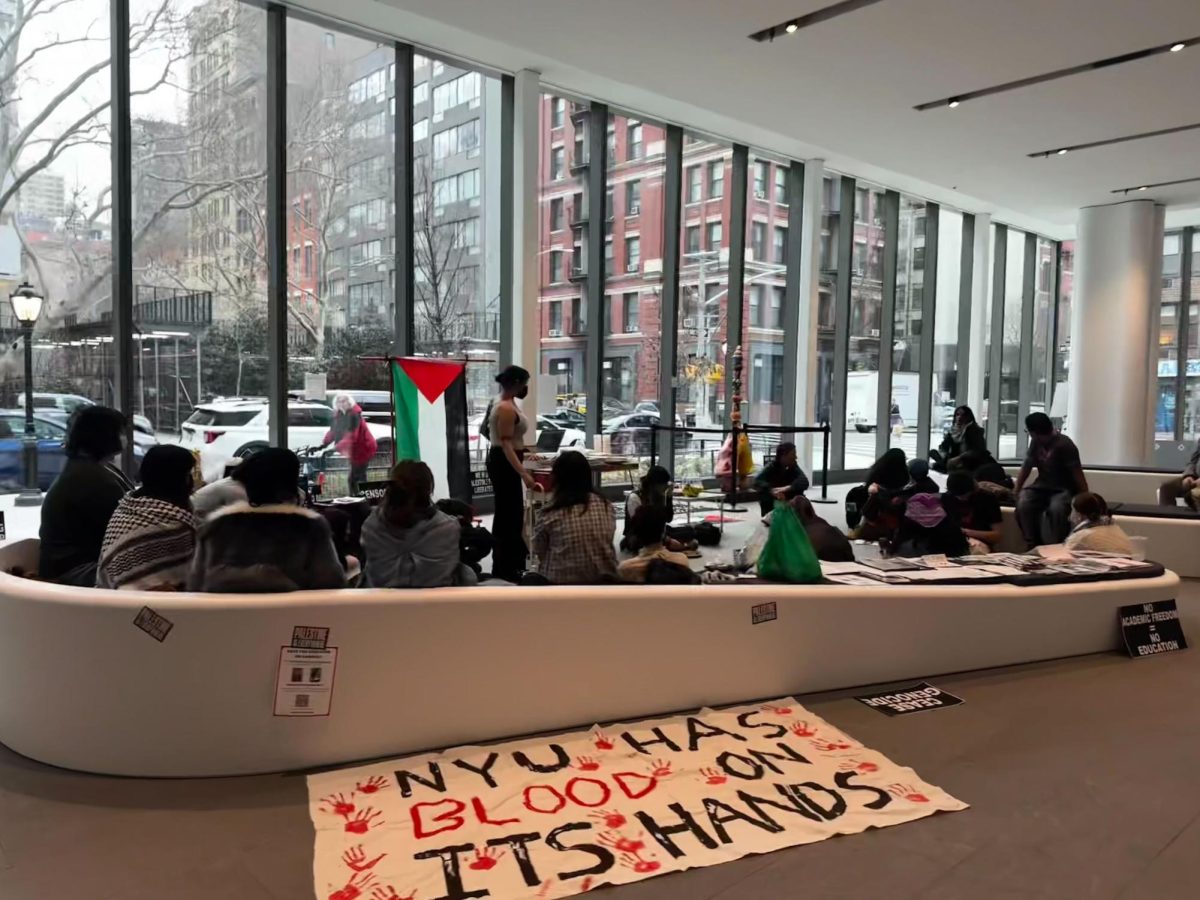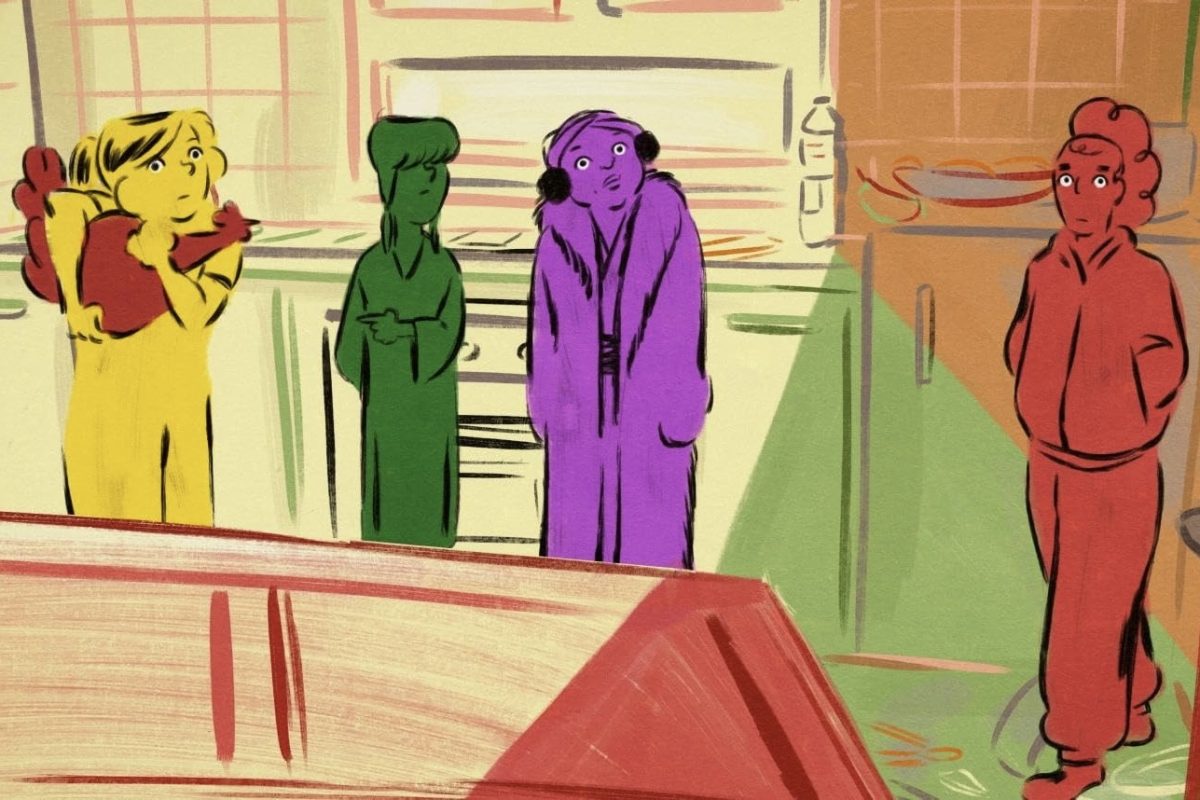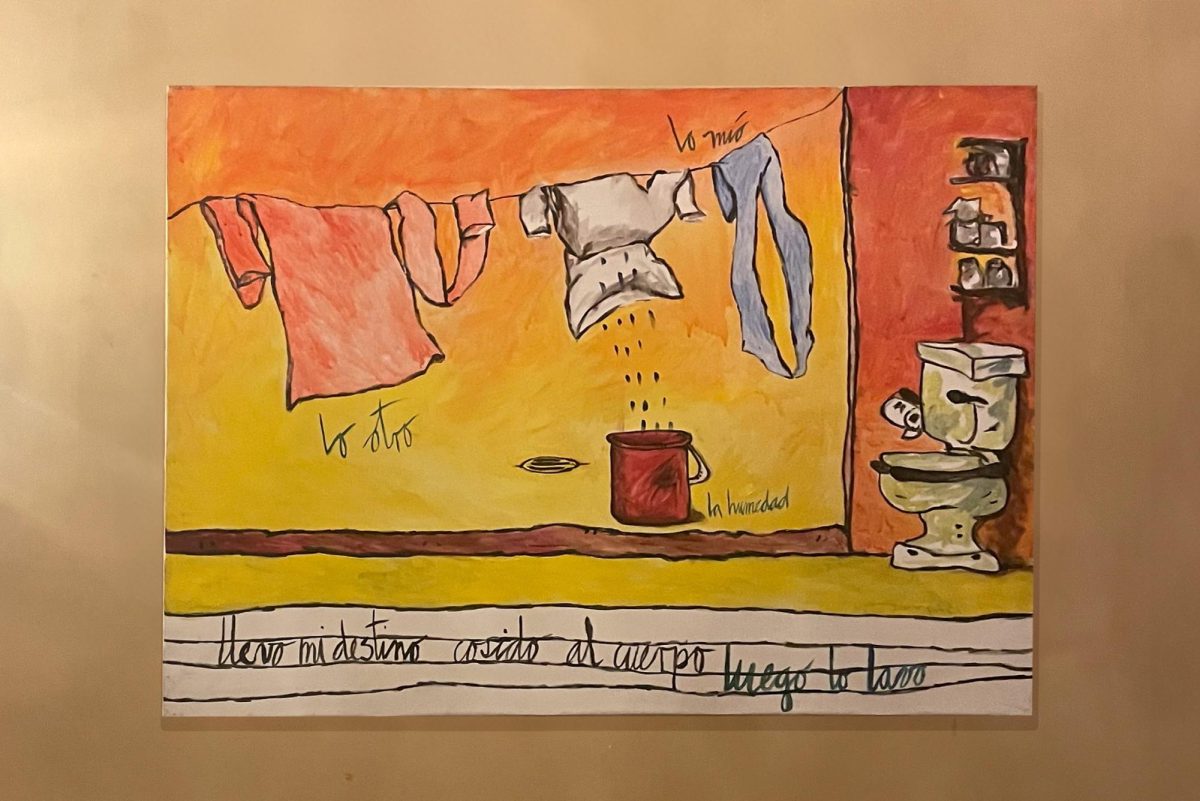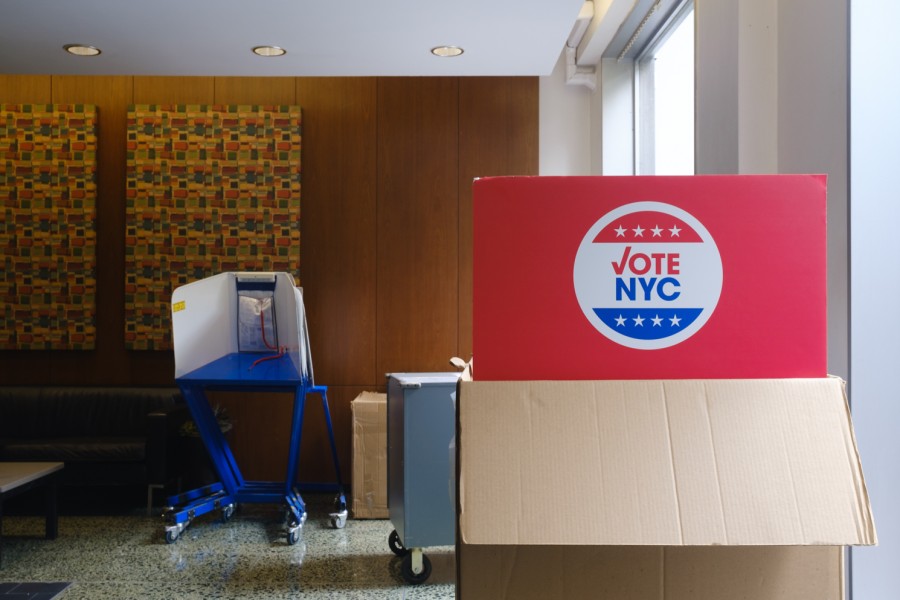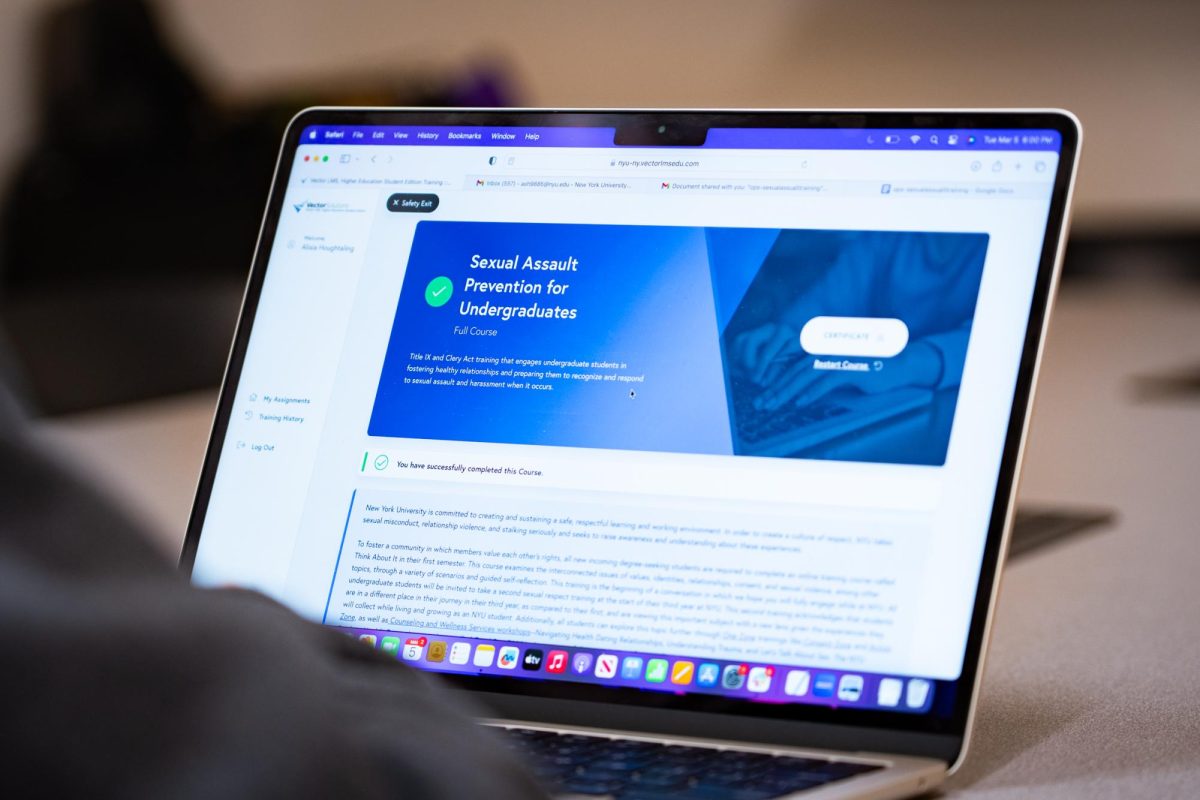Universities sheltering students betrays ideals
March 24, 2015
An op-ed by Judith Shulevitz published in the New York Times on Saturday chronicled a debate on campus sexual assault at Brown University last November that sparked a backlash among some students. The concern centered around criticisms of the term “rape culture” from libertarian writer Wendy McElroy, which student activists though could be difficult for some students to process. The students responded by creating a safe space where those who found the extracurricular lecture triggering could go to recover with calming music and blankets among peers trained in sexual assault response. Shulevitz called these safe spaces the “live-action version of the better-known trigger warning” and said “once you designate some spaces as safe, you imply that the rest are unsafe.” Shulevitz is correct: debate on university grounds is not a place where students should feel unsafe, but they should feel challenged.
McElroy’s critical views are unpopular among young liberals, yet they are not inherently dangerous and represent a viewpoint held by many. The movement for safe spaces is positive in regards to student life, but universities that seek to balance student wellness with academia must not allow differing ideas to be portrayed as necessarily damaging.
Within NYU, trigger warnings have been placed at the beginning of syllabi for classes, and discussions on sensitive issues have been increasingly scrutinized. While it is important to be aware of the discomforts and trauma that some may feel from discussing such sensitive issues, these initiatives have the unfortunate effect of sanitizing academic discussions. If any progress is to be made on issues such as sexual assault or racism or sexism, then they must be discussed openly, which could at times be uncomfortable. That tension is where progress often happens.
This is not to say talks should go out of their way to be offensive or distressing. Universities must begin to address these concerns by defining what is triggering to students, differentiating it from what students may simply find uncomfortable. Even the New York Times essay does not make this delineation, treating the words “triggering” and “upsetting” as interchangeable. Triggering is commonly associated with symptoms similar to post-traumatic stress disorder— being upset is not. Universities should not shy away from causing discomfort when it is brought about by a productive conversation.
Certain behaviors, such as prejudicial or violent language toward a particular group, will always be offensive or triggering regardless of the setting. That being said, it is important not to confuse discussing this sort of behavior with engaging in it. Confronting a difficult topic in an appropriate setting often promotes positive progress. Particularly in an academic setting, the spreading of ideas and opinions should be encouraged rather than curtailed.
A version of this article appeared in the Tuesday, March 24 print edition. Email the Editorial Board at [email protected].















